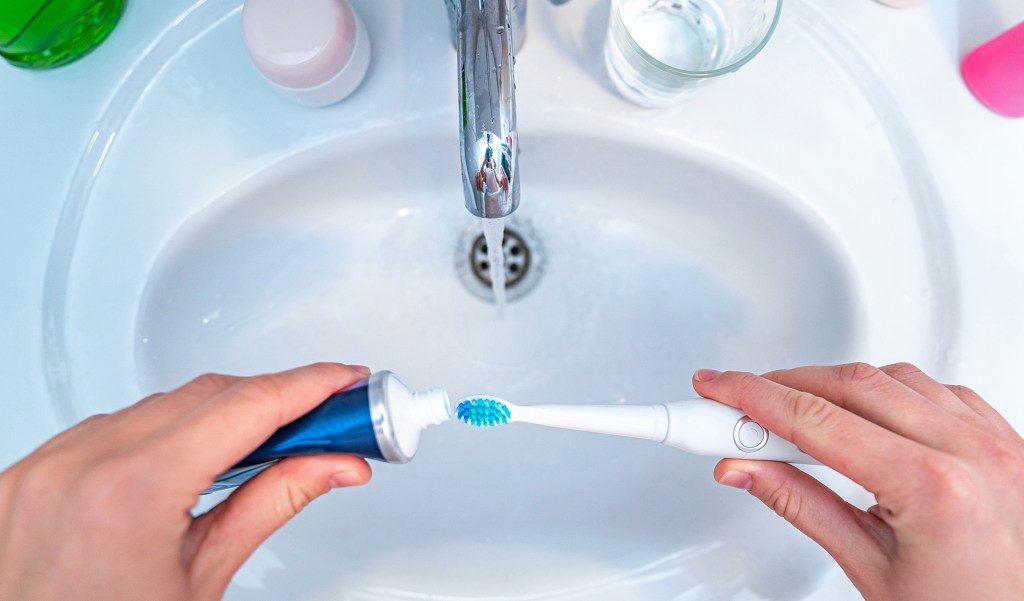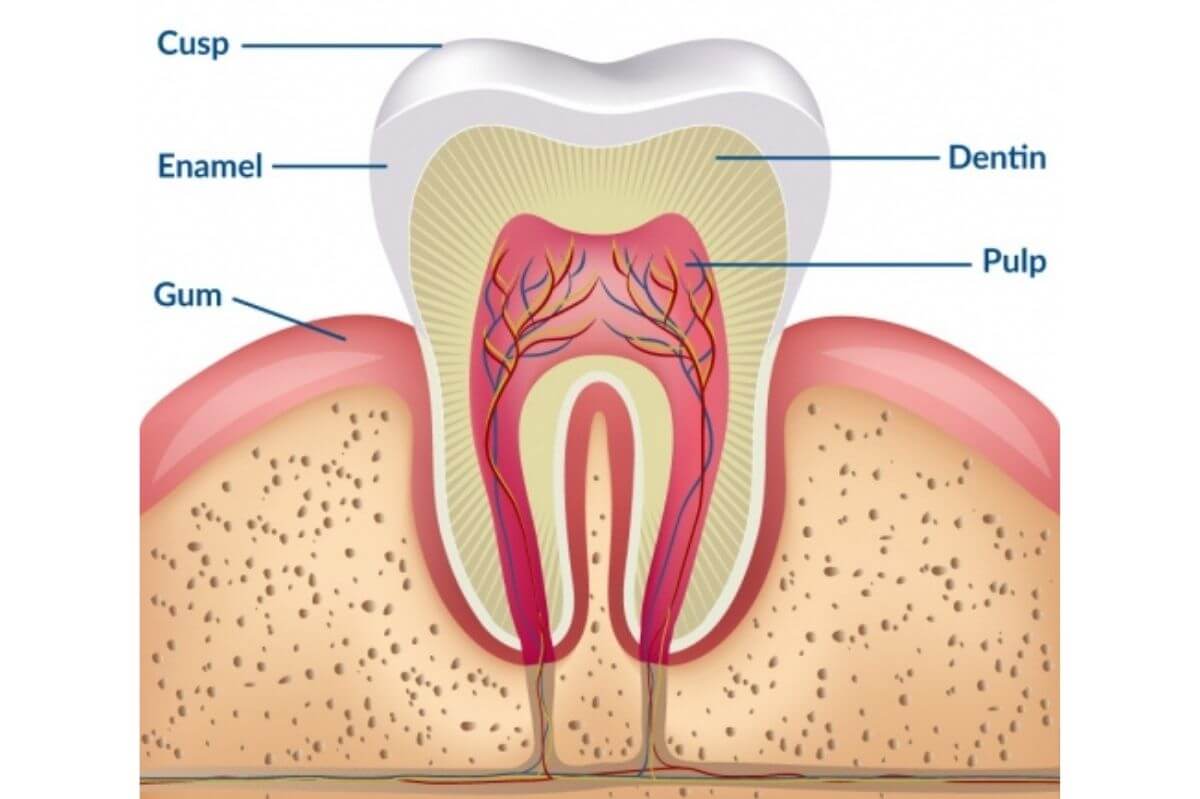Why Avoid Fluoride In Toothpaste?Benefits Versus Risks
Fluoride is a naturally occurring mineral that plays a crucial role in maintaining dental health. It is commonly added to toothpaste and even water supplies because of its ability to strengthen enamel and help prevent cavities. However, while the benefits are well-documented, it’s important to use fluoride-containing products correctly to avoid potential side effects.
The Role of Fluoride in Oral Care
Fluoride enhances tooth strength by reinforcing the enamel, making it more resistant to the acids produced by bacteria in plaque. This mineral also helps reverse early tooth decay through a process known as remineralization, whereby lost minerals are restored to the tooth surface. Many dental professionals recommend using fluoride toothpaste as part of a regular oral hygiene routine to help control plaque and prevent decay.
Common Components of Toothpaste
Toothpaste formulas are designed to clean teeth gently without causing damage. The key ingredients typically include:
- Abrasives: Mild substances like calcium carbonate or calcium phosphate that help remove debris without scratching the enamel.
- Binders: Agents such as sodium alginate or xanthan gum that keep the toothpaste consistent and prevent it from drying out.
- Humectants: Ingredients like glycerol or propylene glycol that retain moisture.
- Foaming Agents: Compounds such as sodium lauryl sulfate that help distribute the paste evenly during brushing.
- Preservatives: Added to keep the product free from harmful microorganisms.
Additional components may include flavorings, sweeteners, and agents to reduce tooth sensitivity, which further customize the toothpaste for various dental needs.
Benefits Versus Risks
Benefits:
- Enamel Strengthening: Fluoride fortifies developing teeth in children and helps prevent decay in adults.
- Plaque Management: It slows down the acid production of plaque, reducing the risk of cavities.
- Remineralization: Fluoride aids in restoring minerals to the tooth, making the surface more resistant to acid attacks.
Risks:
- Dental Fluorosis: Excessive ingestion of fluoride, especially in children during their early years, can cause discoloration of the teeth. This condition, known as dental fluorosis, usually appears as white or brown spots.
- Skeletal Fluorosis: Though very rare in developed areas, chronic exposure to very high levels of fluoride can lead to bone issues, including stiffness and joint pain.
The risk associated with fluoride from toothpaste is minimal when used as directed. To further mitigate any risk, it is advised that parents monitor young children during brushing, using only a pea-sized amount for those aged between three and six, and a rice-sized smear for children under two.
Selecting the Right Toothpaste
When choosing a toothpaste, consider your personal dental needs:
- Fluoride Content: Most standard toothpastes include fluoride, but if you prefer a fluoride-free option, many natural brands are available.
- Age Appropriateness: For young children, use products with lower fluoride concentrations as recommended by dental professionals.
- Certification: Look for products that carry endorsements from recognized dental associations, ensuring that the toothpaste has been tested for safety and effectiveness.
- Specific Dental Concerns: Options are available for whitening, sensitivity reduction, and tartar control. Always review the ingredient list to avoid any allergens or irritants.
Try Lidercare Now!
We Help You Launch New Products, And Continue To Grow. Try Us With 20% Off Your First Order!
Conclusion
Fluoride remains a cornerstone of modern dental care by providing essential protection against tooth decay and supporting enamel strength. While excessive fluoride can lead to minor issues such as dental fluorosis, these risks are easily managed by following recommended usage guidelines. Whether you choose a fluoride-enhanced or a natural formulation, the key is to maintain a consistent oral hygiene routine and consult with dental professionals to meet your specific needs.
Table of Contents
Awesome! Share to:
Latest Blog Posts
Check out the latest industry trends and take inspiration from our updated blogs, giving you a fresh insight to help boost your business.




